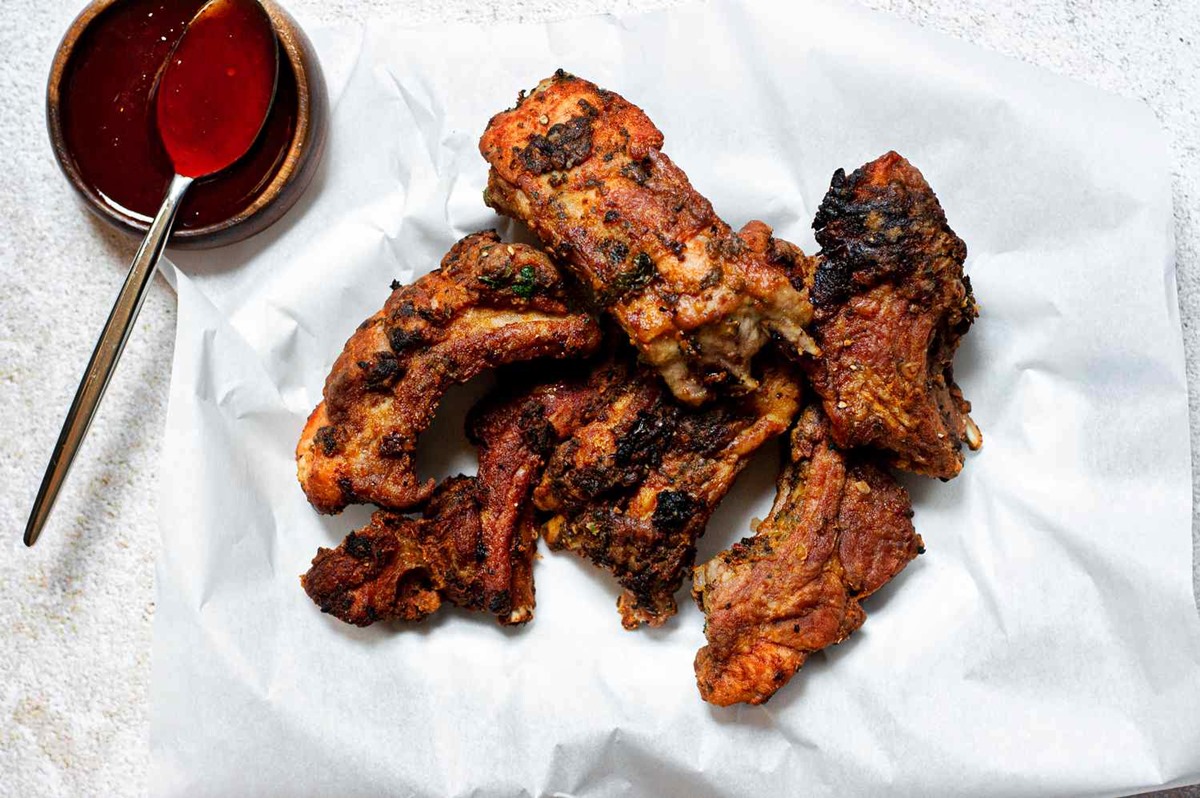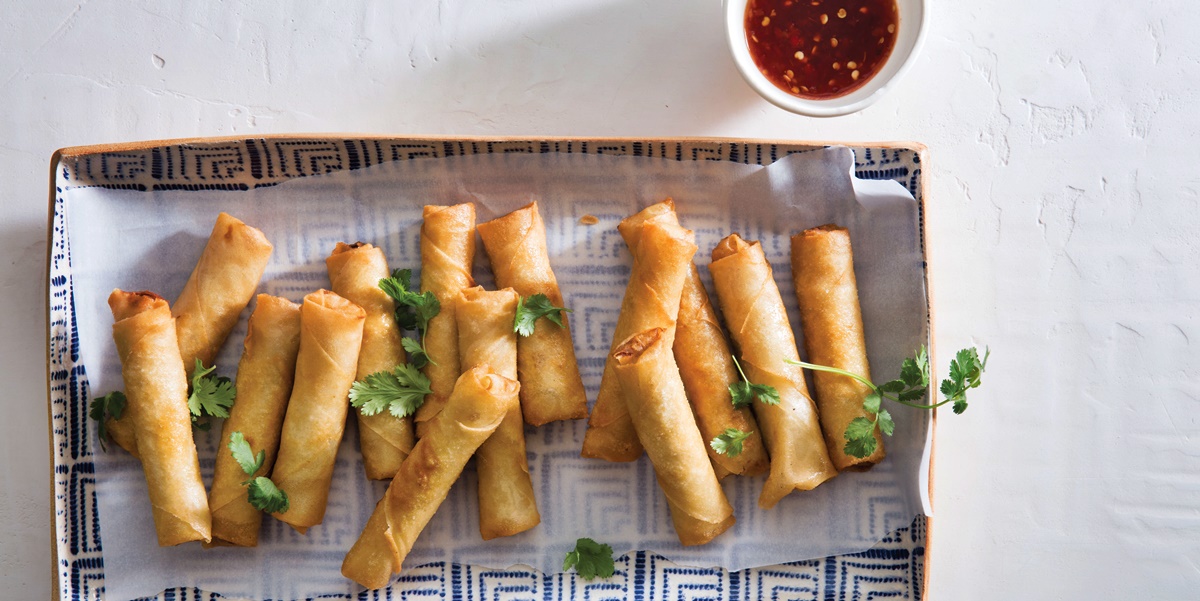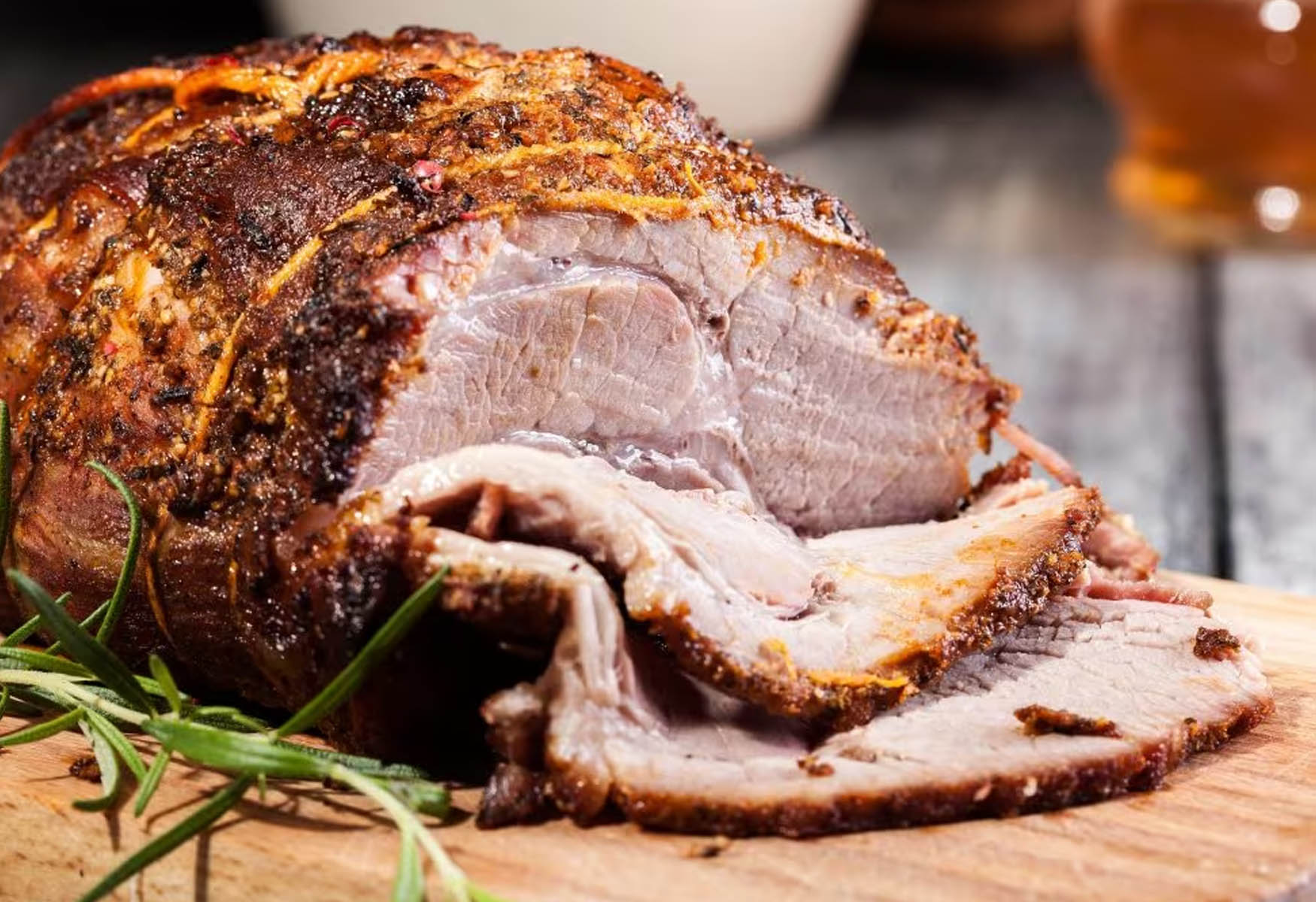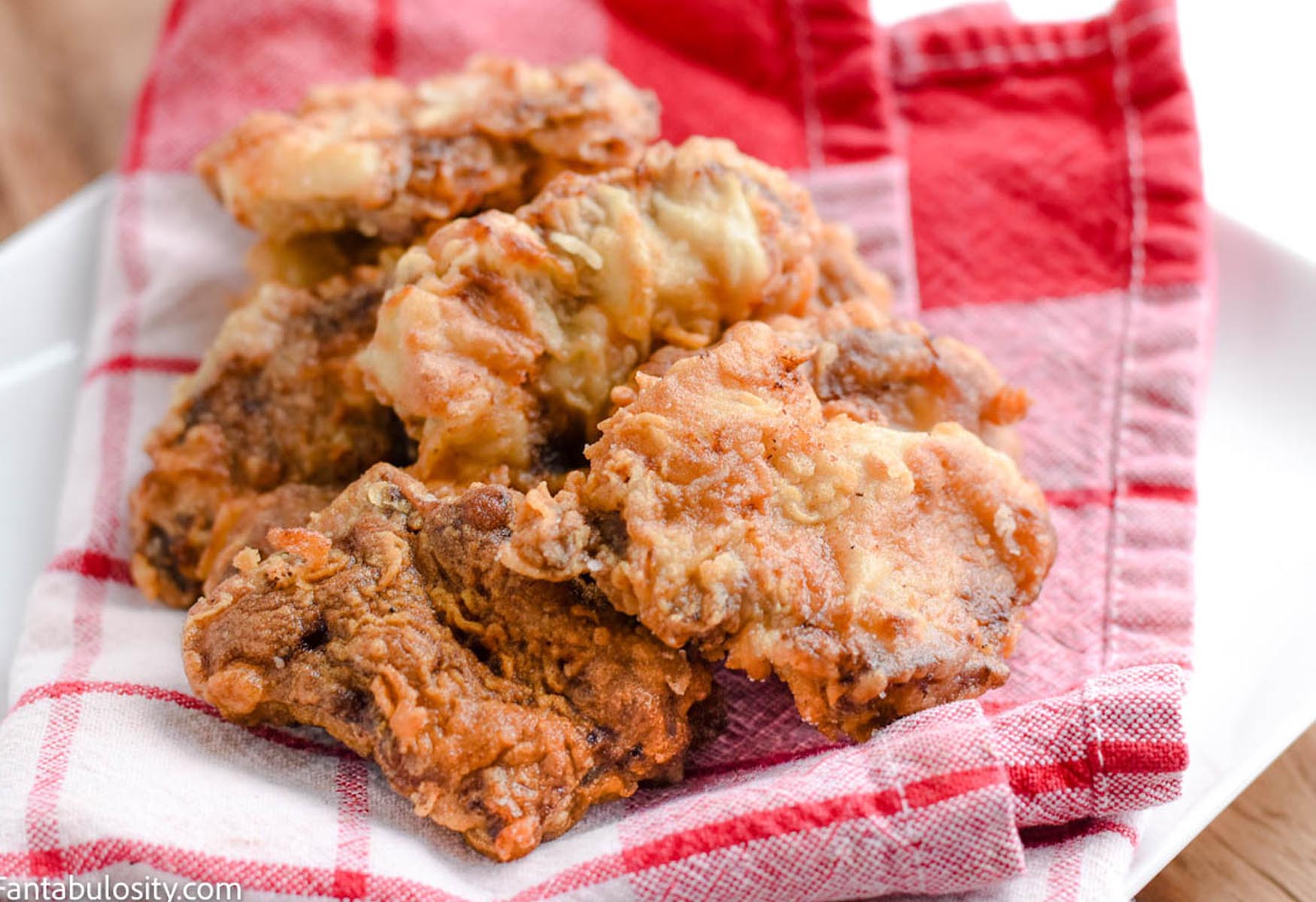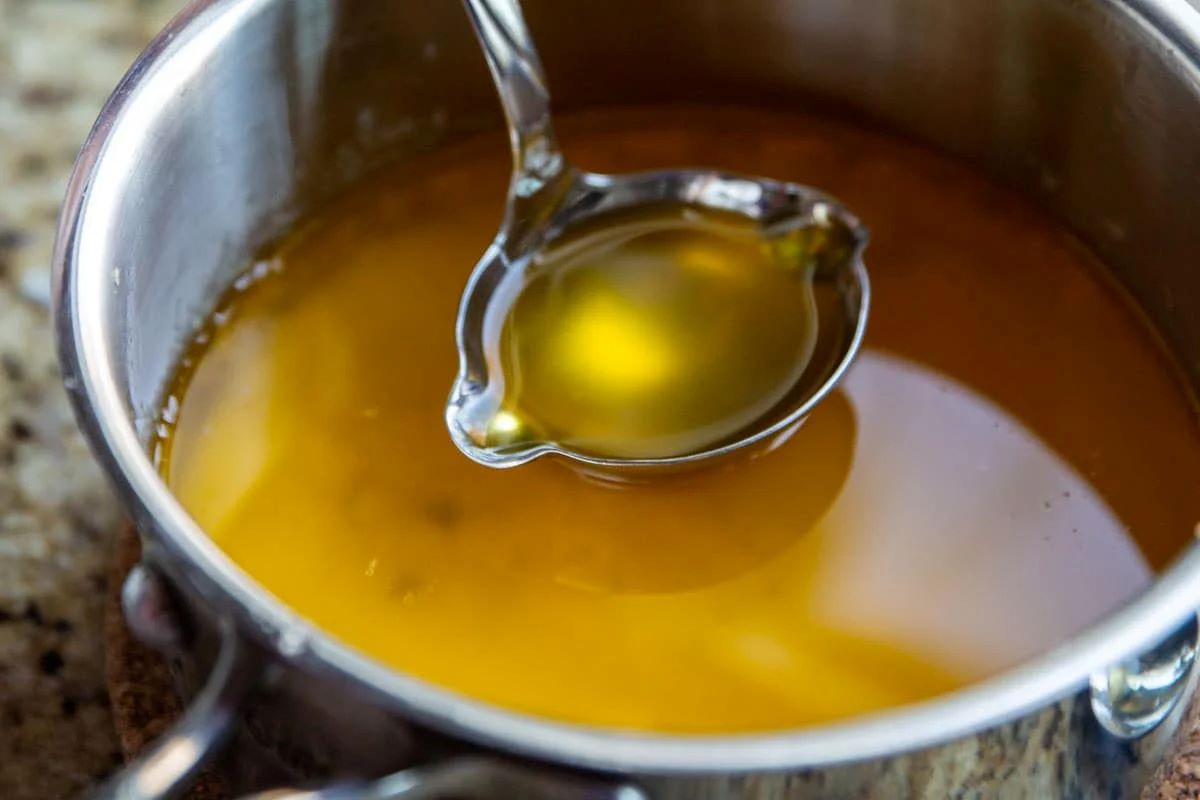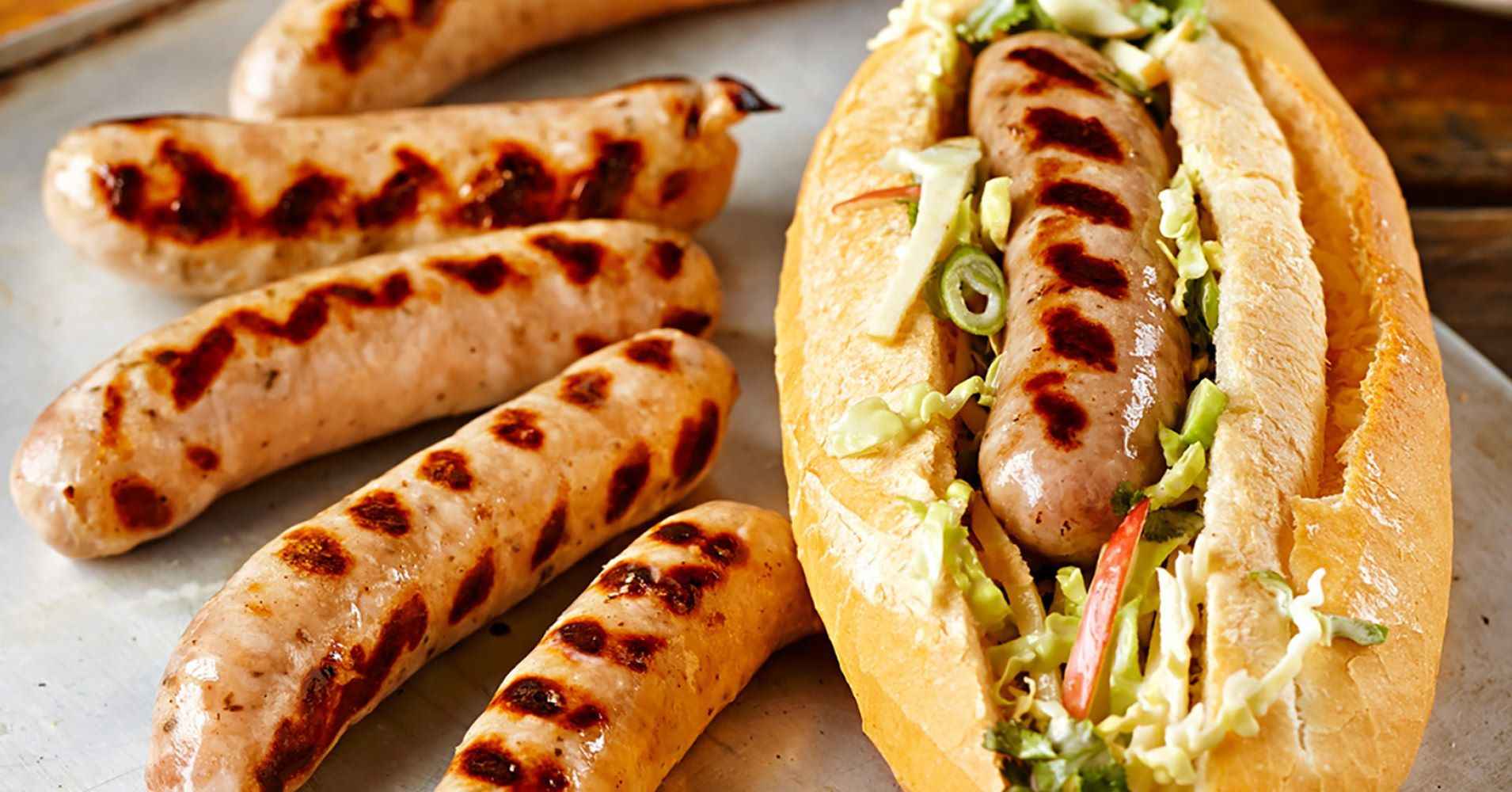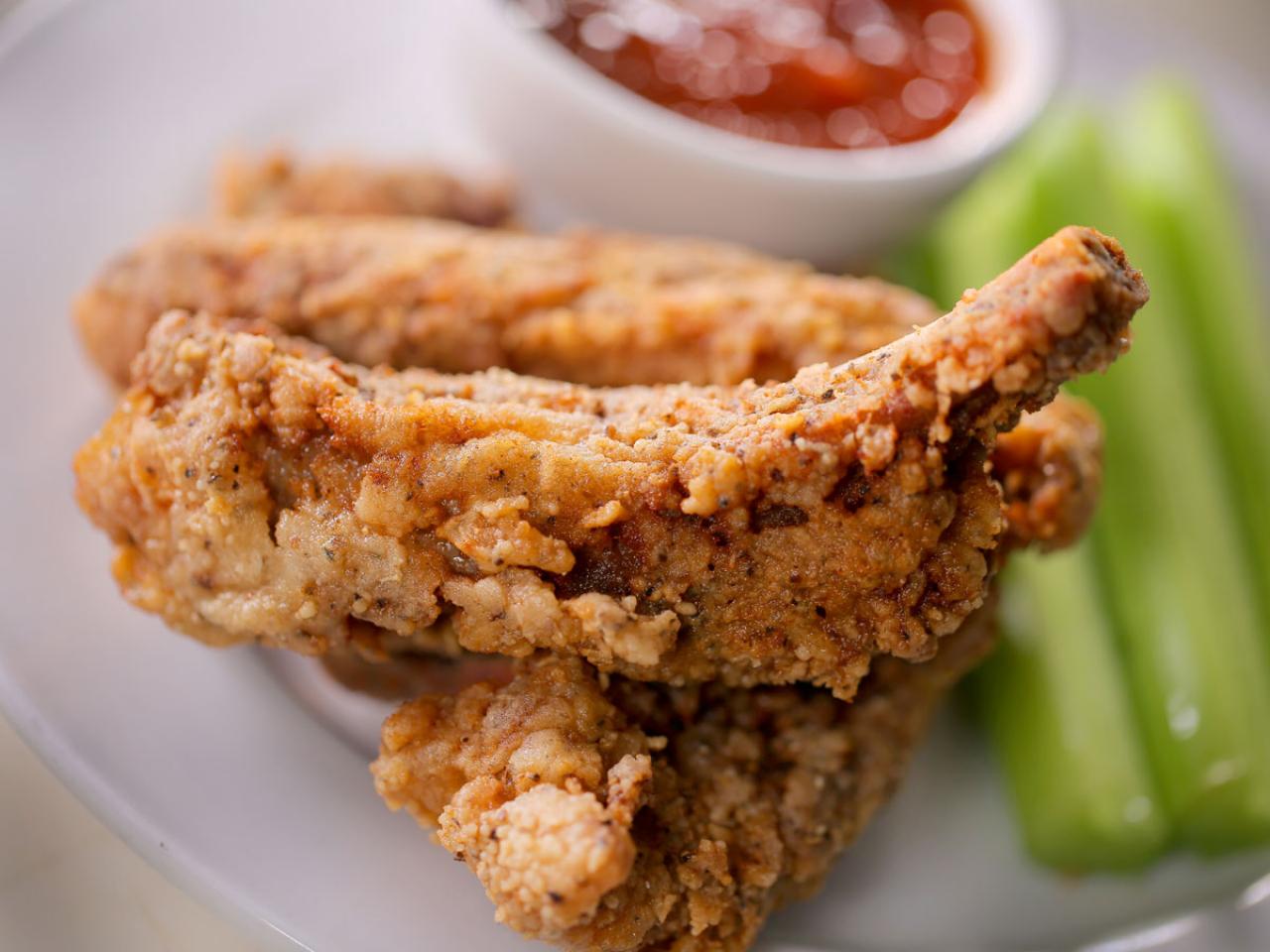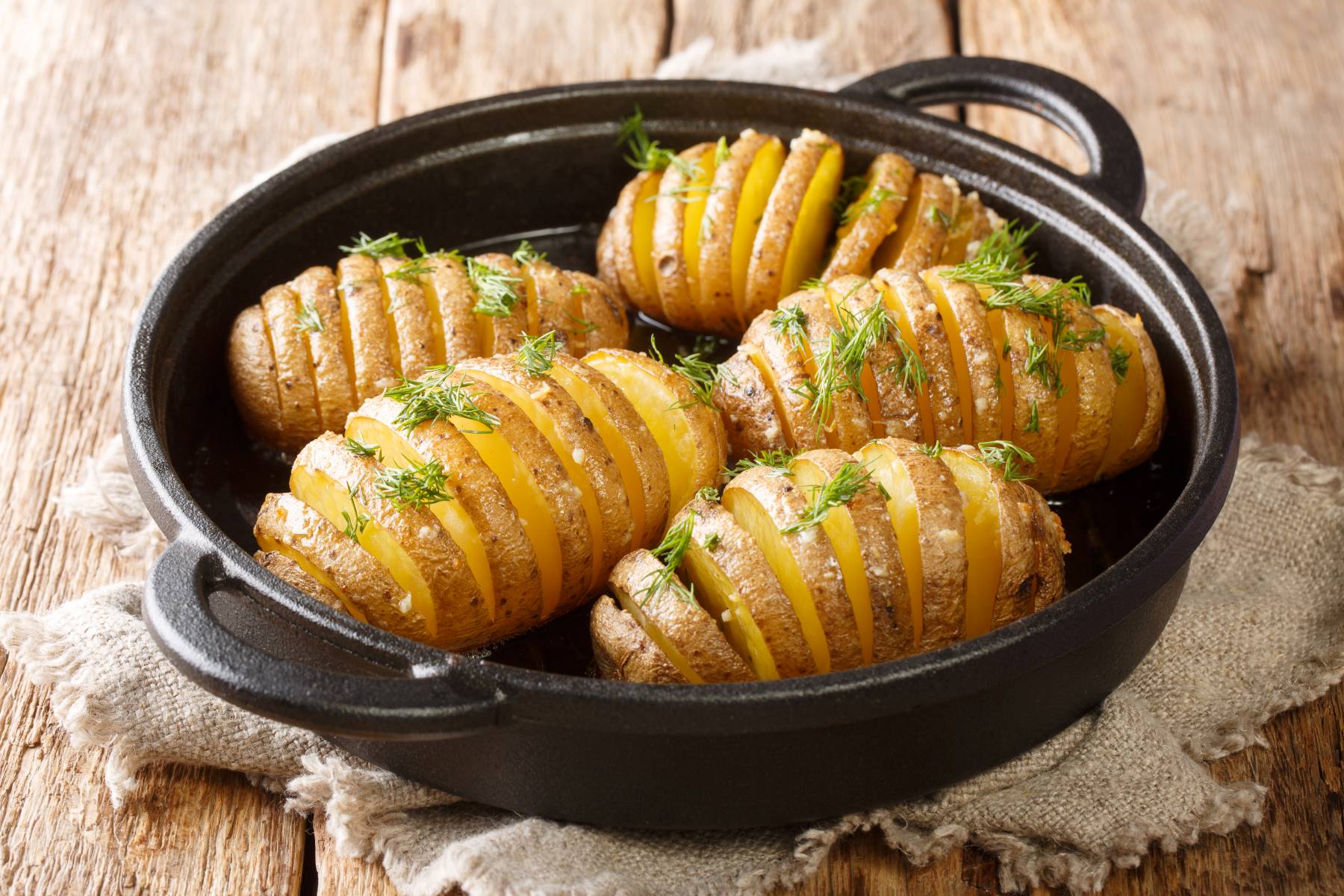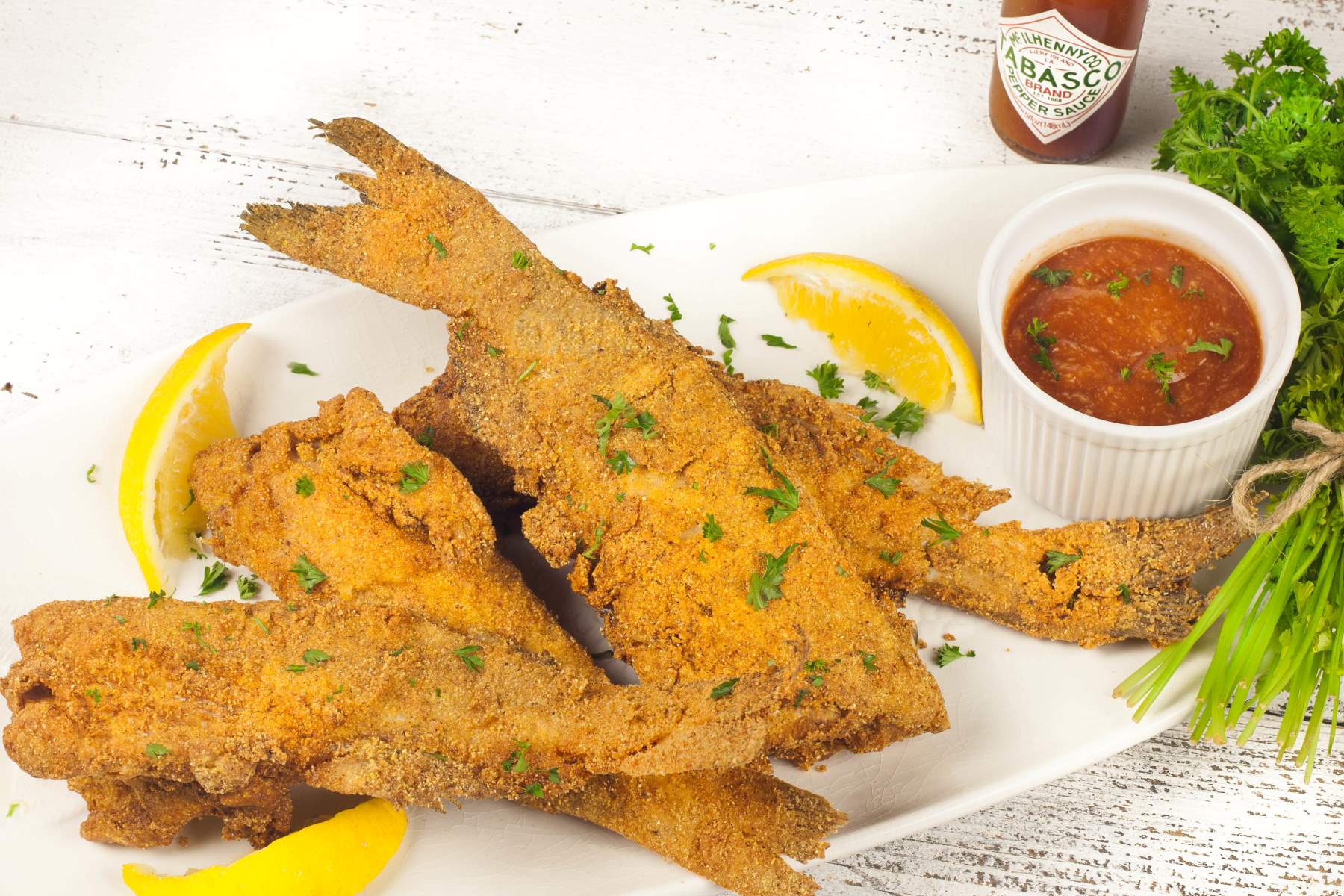How to Deep Fry Pork: A Delicious and Crispy Treat
Deep-fried pork is a popular dish that is loved by many for its crispy texture and delicious flavor. Whether you’re making pork chops, pork belly, or pork tenderloin, deep-frying is a great way to achieve a golden brown crust while keeping the meat juicy and tender on the inside. If you’re a fan of crispy, savory dishes, then learning how to deep fry pork is a skill worth mastering. Below, we’ll walk you through the steps to achieve the perfect deep-fried pork at home.
Ingredients:
- 1 pound of pork (chops, belly, or tenderloin)
- 1 cup all-purpose flour
- 2 eggs
- 1 cup breadcrumbs
- Salt and pepper to taste
- Oil for frying (vegetable or peanut oil works well)
Instructions:
- Prepare the pork: Start by trimming any excess fat from the pork and then cut it into your desired serving sizes. Season the pork with salt and pepper, ensuring that it is evenly coated.
- Set up your breading station: In three separate shallow dishes, place the flour, beaten eggs, and breadcrumbs. This will create a breading station for coating the pork.
- Bread the pork: Dredge each piece of pork in the flour, shaking off any excess. Next, dip it into the beaten eggs, allowing any excess to drip off. Finally, coat the pork in the breadcrumbs, pressing gently to ensure the crumbs adhere to the meat.
- Heat the oil: In a deep, heavy-bottomed pot, heat the oil to 350°F (175°C). It’s important to use enough oil to fully submerge the pork pieces.
- Deep fry the pork: Carefully place the breaded pork pieces into the hot oil, ensuring not to overcrowd the pot. Fry the pork in batches if necessary to maintain the oil temperature. Cook until the pork is golden brown and cooked through, about 5-8 minutes depending on the thickness of the meat.
- Drain and serve: Once the pork is cooked, remove it from the oil and place it on a paper towel-lined plate to drain any excess oil. Allow the pork to rest for a few minutes before serving to ensure it stays crispy.
Tips for Perfect Deep-Fried Pork:
- Ensure the oil is at the correct temperature before adding the pork. If the oil is too cool, the pork will absorb more oil and become greasy. If it’s too hot, the outside will burn before the inside is fully cooked.
- Use a meat thermometer to check the internal temperature of the pork. It should reach 145°F (63°C) for safe consumption.
- For extra flavor, try adding seasonings or spices to the breadcrumbs such as garlic powder, paprika, or dried herbs.
- Allow the pork to rest after frying to let the juices redistribute, ensuring a moist and flavorful result.
Now that you’ve mastered the art of deep-frying pork, you can enjoy this crispy and delicious dish whenever the craving strikes. Whether served with a side of mashed potatoes, a fresh salad, or on its own, deep-fried pork is sure to be a hit at the dinner table. Experiment with different cuts of pork and seasonings to create your own unique twist on this classic dish. Happy frying!
For those looking to experiment with deep-frying pork, there are a variety of recipes to try out using the techniques discussed in the guide. One standout option is the Deep-Fried Pork Schnitzel Recipe, which offers a crispy, golden crust that pairs well with a squeeze of lemon. If you're a fan of bite-sized delights, the Deep-Fried Pork Belly Bites Recipe is a must-try, delivering rich, succulent flavors in every morsel. Another excellent choice is the Deep-Fried Pork Tenderloin Sliders Recipe, perfect for a casual gathering or a hearty snack. For a taste of Japanese cuisine, the Deep-Fried Pork Katsu Recipe provides a crunchy exterior with tender meat inside, making it a delightful meal. Finally, the Deep-Fried Pork Spring Rolls Recipe brings a fresh and crispy twist, combining tender pork with vibrant vegetables wrapped in a crispy shell. These recipes not only highlight the versatility of deep-fried pork but also cater to a variety of tastes and occasions.
